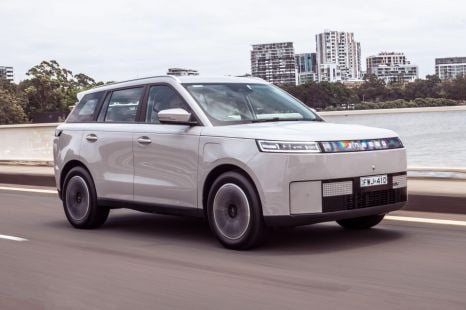

Josh Nevett
2026 Jaecoo J5 EV review
1 Hour Ago
Does the new Alpha5 concept car mark a revival for the brand made famous by an '80s Hollywood blockbuster?

Contributor


Contributor
Arguably more than any other car manufacturer, DeLorean is the Hollywood brand.
Whilst other marques such as Aston Martin have had various models popularised through franchises such as James Bond, DeLorean is the one brand whose status was made solely through a movie franchise, in this case the Back to the Future series.
Iconic in pop culture, the real-life trials and tribulations of this company were not far short of a Hollywood blockbuster itself.
To date, the brand is known best for its landmark DeLorean DMC-12: its futuristic (for the time) design, and those gullwing doors, remain cool to this day.

DeLorean takes its name from founder John Z. DeLorean.
DeLorean himself was a well-known industry figure, especially in America, where he had built a career with companies such as Chrysler and Packard before a stint at General Motors, where he was responsible for engineering and marketing the fabled Pontiac GTO.
Further success followed at the Chevrolet division, which he was able to revitalise to sell almost three million vehicles per year by 1971 (many GM brands at the time acted as separate, relatively independent divisions within the company).
Around the same time, DeLorean began to have issues with GM’s executive management and colleagues over the direction they were taking Chevrolet and the wider GM company, and being well known as a maverick, decided to leave to start his own.
Founded towards the end of 1975, the DeLorean Motor Company (DMC) sought to produce a sports car as its first model, and with the help of Giorgetto Giugiaro and his famed Italdesign studio, prototype designs were completed by 1979, based on a heavily modified chassis supplied by Lotus.
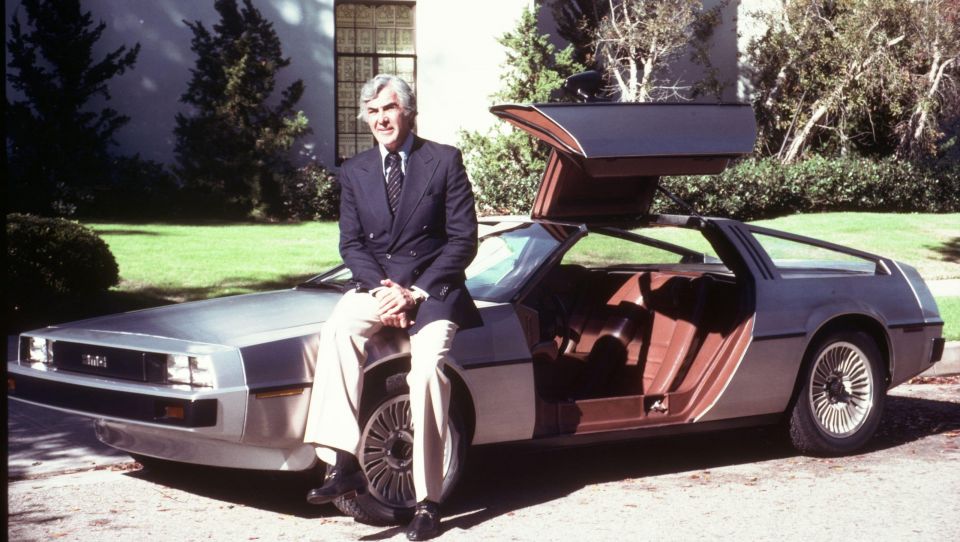
Internally, this car was termed as the ‘DMC-12’ purportedly out of a desire to sell the car to customers for $US 12,000 or less. However, a cascading series of problems soon became evident for the car and the fledgling company.
One of the most critical problems was the engine. DMC had originally approached Citroën with the aim of using its rotary engine, however the abysmal fuel economy of this powerplant, especially during the early 1970s oil crisis, made this option unsuitable.
Instead, DMC had to resort to a 2.85-litre V6 engine made by the then Peugeot-Renault-Volvo (PRV) alliance. Despite its large displacement and six cylinders, it only had 97kW of power at a high 5500rpm and 207Nm of torque, making the car underpowered for its weight.
One of the most alluring aspects of the DMC-12 was the design with its gullwing doors and stainless steel body panels, but not only did this complex part present panel gap and weather sealing issues, all cars from the factory (bar a few gold-plated ones) were unpainted, and looked exactly the same as each other from the outside, removing any scope for customers to personalise their vehicles.
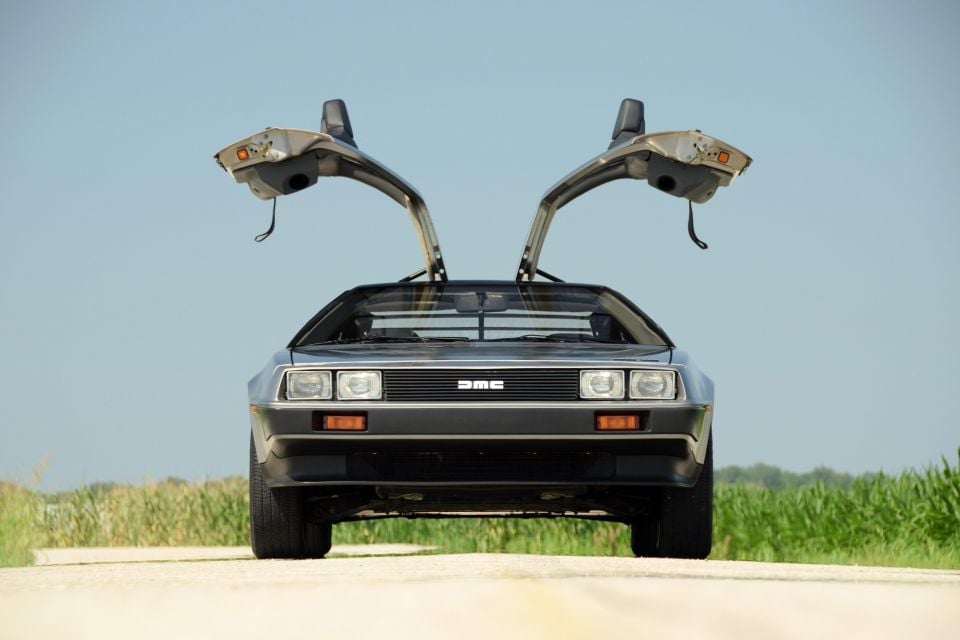
Being a newly formed company with a car designed from scratch, DMC was forced to recoup expensive tooling and R&D costs as part of the final price of the car, and combined with an already complex design and production process, as well as shipping costs from the firm’s Northern Ireland factory to the US, the on-sale price of the DMC-12 was closer to $US25,000 – or double what DeLorean had originally predicted.
The actual production and manufacturing of the car was not without issue either.
DeLorean had sought to maximise the amount of incentives, grants and tax breaks that the company received by building its new factory in an economically underdeveloped area, under the guise of providing more jobs to the local workforce, and had correspondingly been enticed by the offer from the UK government to build a factory in Northern Ireland.
What DeLorean didn’t fully appreciate, however, was that not only was Northern Ireland in the midst of an insurgency and effective civil war during the late 1970s and early ’80s, but the local workforce had zero expertise in manufacturing cars.
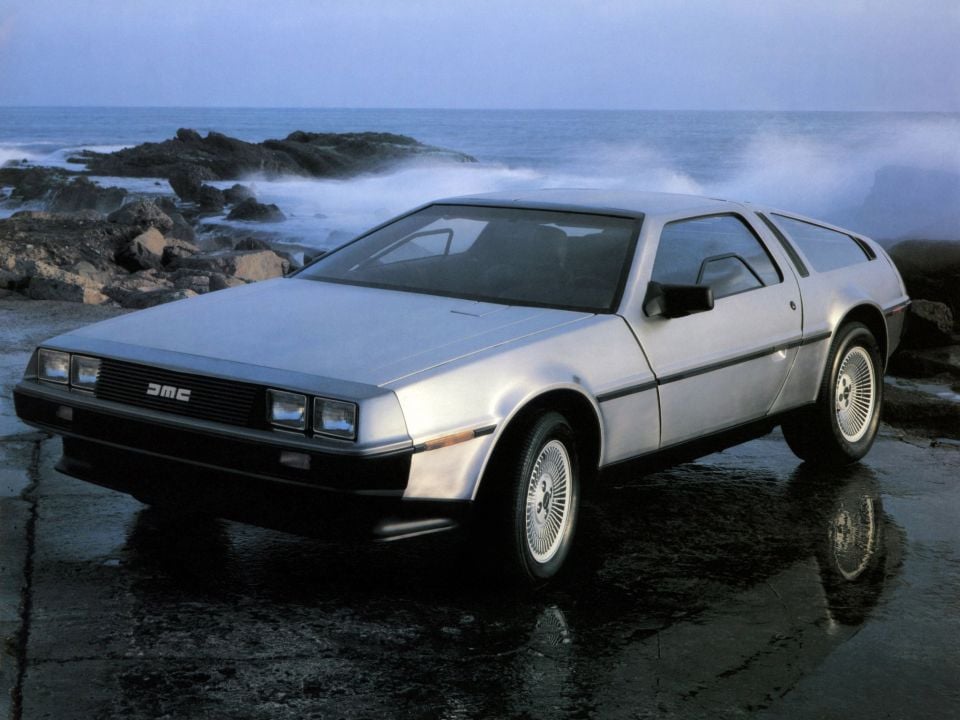
This meant that early examples of the DMC-12 that rolled off the line in 1981 were shoddily built, and whist a stringent Quality Assurance process resolved many issues on later cars, the damage to the company’s reputation was done.
John DeLorean was not entirely free of vices himself, either, and this only compounded the company’s problems by worsening its image. Whilst acquitted, in 1982 he was charged with cocaine trafficking by the FBI, and shortly afterwards, was also charged with embezzlement for using company and investor funds for personal gain, although he was again found innocent.
Problems with the car, its manufacturing and other allegations led to a total of only approximately 9000 examples of the DMC-12 being produced over the course of little more than two years, and the company declaring bankruptcy by 1982, just seven years after being founded.
By the time the DMC-12 made its first appearance in the original Back To The Future film in 1985, the company had ceased operations and the car itself was already out of production.
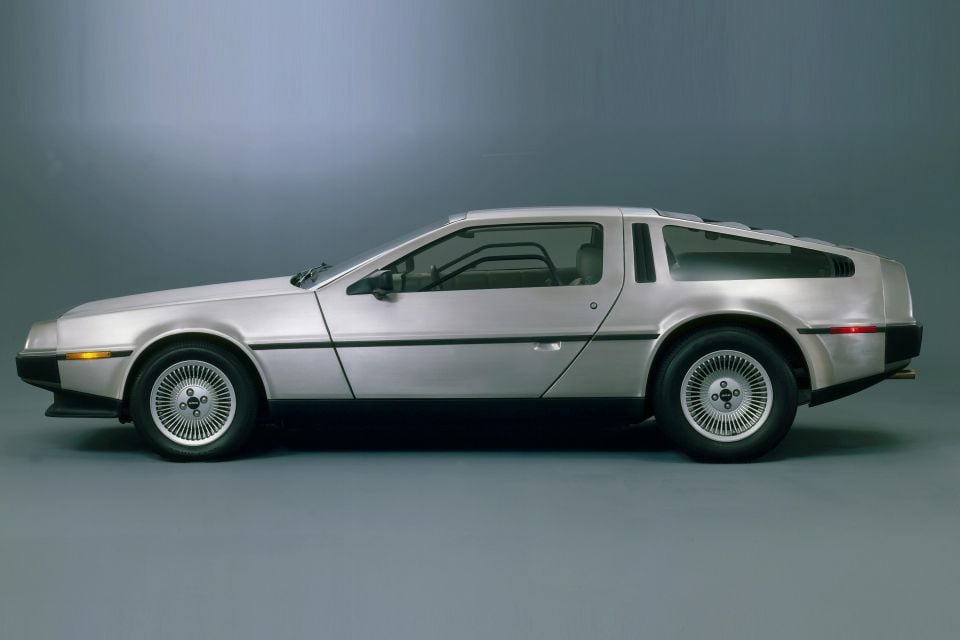
Following the demise of the original DeLorean Motor Company, it was uncertain how or where existing DeLorean customers, especially those in the United States, could go to get their cars fixed and maintained.
British mechanic Stephen Wynne, however, had expertise in servicing French cars, and was familiar with the Renault derived engine that the DMC-12 used.
In partnership with a DeLorean owner, he founded DeLorean One in 1985, a company that gained access to all remaining parts and inventory of the original DeLorean Motor Company, and uses this as a basis to run a mail order parts and servicing business catering for DeLorean customers.
Subsequently, the firm renamed itself to ‘DeLorean Motor Company’ (echoing the name of the original firm) and moved its headquarters to Texas.
In line with this move, the company has also expanded from being a mere service centre and parts distribution business, to actually manufacturing reproduction parts according to original design and engineering drawings and specifications.
The new, Texas-based DMC also restores and sells the original DMC-12, often with upgrades to cure the notorious quality and reliability issues of examples produced during the original production run.
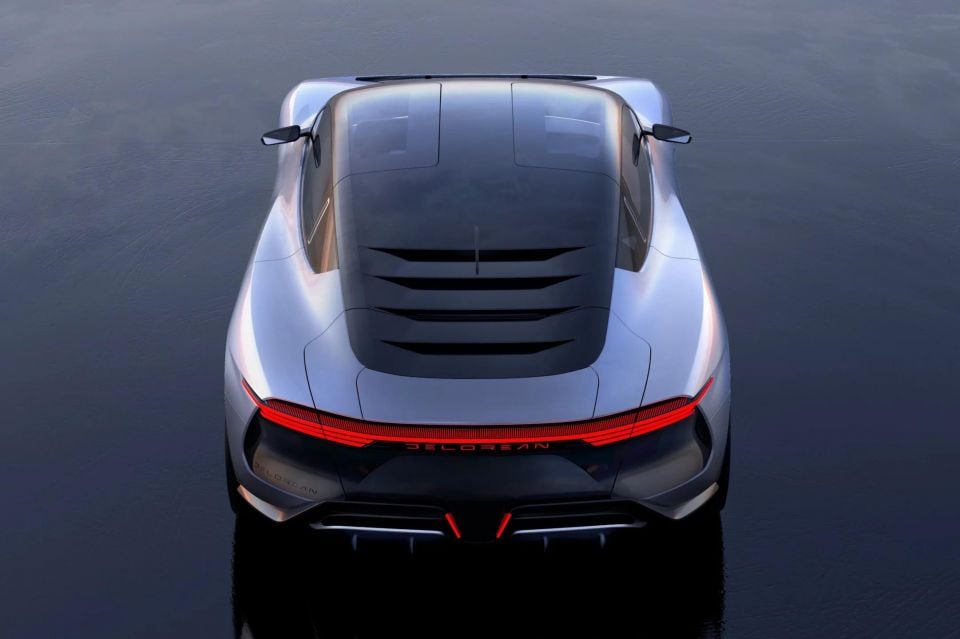
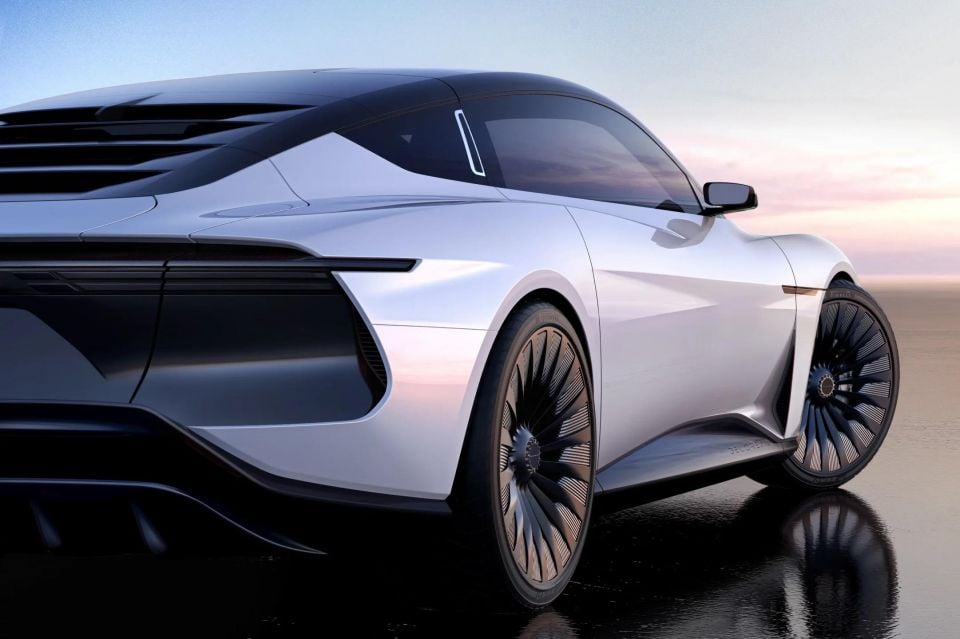

The Alpha5 marks another major expansion in the new DMC’s business model, with the company ambitiously expanding from restoring old cars to designing and engineering and manufacturing a modern car from the ground up.
The Alpha5, whilst translating some of the design themes of the original DMC-12 in a modern context and retaining features such as the gullwing doors, couldn’t be more different from the original in every other way.
It marks the debut of DeLorean’s first electric vehicle, and the concept is said to feature a 100kWh battery pack for a targeted range of more than 480km, despite claimed performance figures of 0-88mp/h (if you know, you know) of just 4.35 seconds.
A production version is expected to be readily available by 2024, and the car will be manufactured in Italy, with the powertrain being developed in conjunction with partners in the UK.
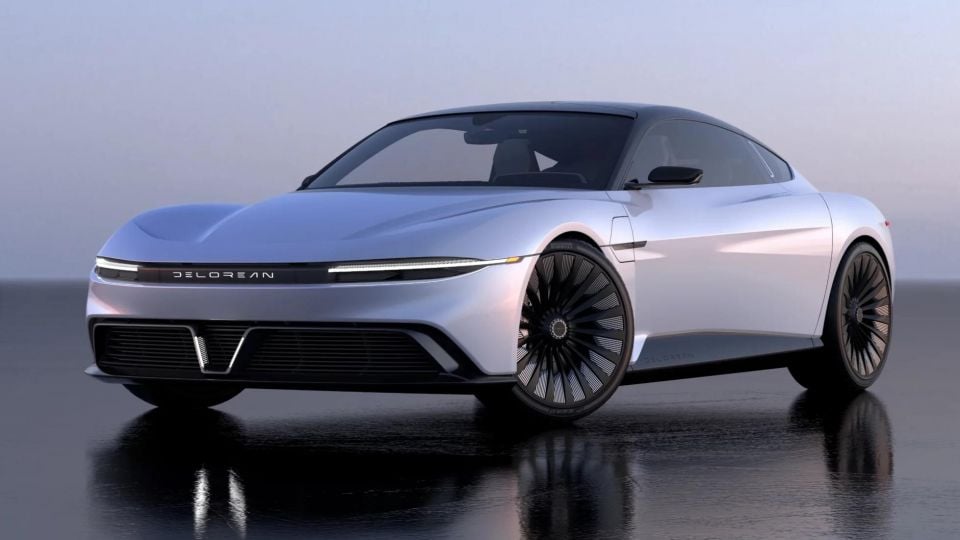
Current CEO Joost de Vries has previously worked for EV companies Karma, and between January 2012 and September 2013 worked for Tesla.
The new DMC won’t be an EV-only company, however, and plans are purportedly in place to produce a V8 powered sports coupé, an electric sedan in the vein of the Porsche Taycan, as well as a hydrogen fuel-cell powered SUV.
Fittingly ambitious…
MORE: DeLorean Alpha5 electric car revealed MORE: Brabus, a quick look at the famed Benz tuner MORE: Forgotten nameplates – Scout


Josh Nevett
1 Hour Ago
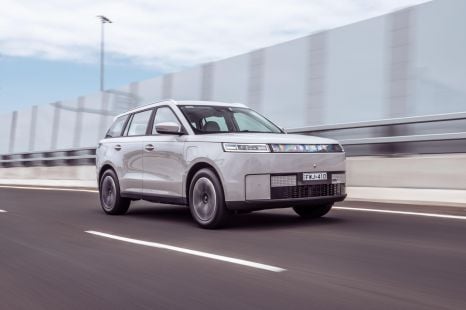

Josh Nevett
1 Hour Ago
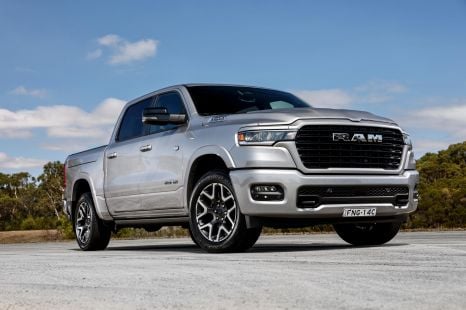

Damion Smy
2 Hours Ago
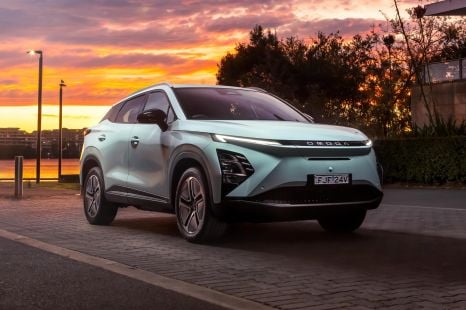

CarExpert.com.au
2 Hours Ago
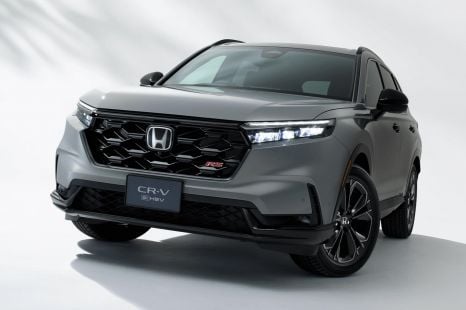

James Wong
3 Hours Ago
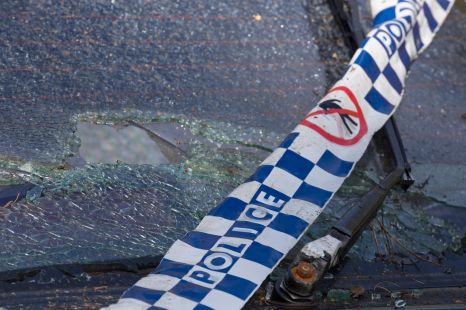

Damion Smy
3 Hours Ago